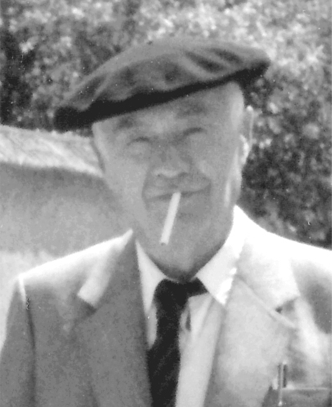 Rapprochement of Cultures.
Rapprochement of Cultures.
Velimir Khlebnikov: The Futurian and World Citizen.
Featured Image: V. Khlebnikov by N.Kulbin (1913, Akhmatova’s museum).jpg By seefilename, Public domain, via Wikimedia Commons.
(November 9, 1885 – June 28, 1922).
By René Wadlow.
Let Planet Earth be sovereign at last. Planet Earth alone will be our sovereign song.
– Velimir Khlebnikov.
Velimir Khlebnikov was a shooting star of Russian culture in the years just prior to the start of the First World War. He was part of a small creative circle of poets, painters and writers; who wanted to leave the old behind and to set the stage for the future; such as the abstract painter Kazimir Malevich. They called themselves “The Futurians”. They were interested in being avenues for the Spirit which they saw at work in peasent life and in shamans’ visions; however, the Spirit was very lacking in the works of the ruling nobility and commercial elite.
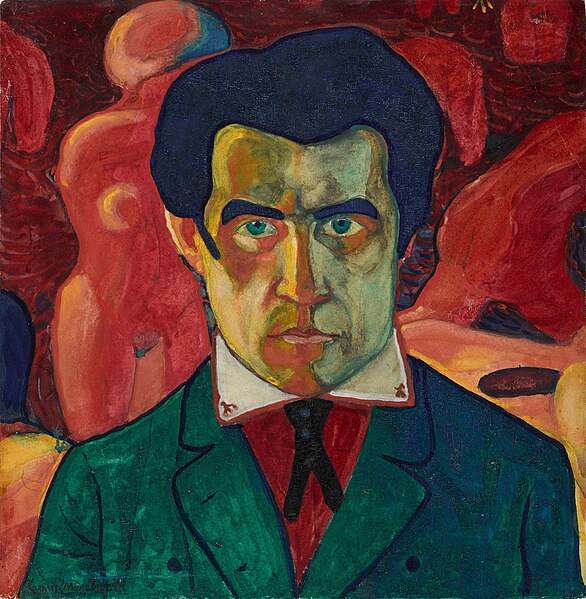
Self-Portrait (1908 or 1910-1911) (Kazimir Malevich). By Kazimir Malevich, Public domain, via Wikimedia Commons.
As Charlotte Douglas notes in her study of Khlebnikov:
“To tune mankind into harmony with the universe – that was Khlebnikov’s vocation. He wanted to make the Planet Earth fit for the future, to free it from the deadly gravitational pull of everyday lying and pretense, from the tyranny of petty human instincts and the slow death of comfort and complacency.” (1)
Khlebnikov wrote:
“Old ones! You are holding back the fast advance of humanity. You are preventing the boiling locomotive of youth from crossing the mountain that lies in its path. We have broken the locks and see what your freight cars contain: tombstones for the young.”

Vélimir Khlebnikov (before 1922). By Unknown authorUnknown author, Public domain, via Wikimedia Commons.
The Futurian movement as such lasted from 1911 until 1915; when its members were dispersed by the start of the World War, the 1917 revolutions and the civil war. Khlebnikov died in 1922 just as Stalin was consolidating his power. Stalin would put an end to artistic creativity.
The Futurians were concerned that Russia should play a creative role in the world; but they were also world citizens who wanted to create a world-wide network of creative scientists, artists and thinkers who would have a strong impact on world events. As Khlebnikov wrote in his manifesto To the Artists of the World:
“We have long been searching for a program that would act something like a lens capable of focusing the combined rays of the work of the artist and the work of the thinker toward a single point where they might join in a common task and be able to ignite even the cold essence of ice and turn it to a blazing bonfire. Such a program, the lens capable of directing together your fiery courage and the cold intellect of the thinkers has now been discovered.”
The appeal for such a creative, politically relevant network was written in early 1919 when much of the world was starting to recover from World War I. However, Russia was sinking into a destructive civil war. The Futurians were dispersed to many different areas and were never able to create such a network. The vision of a new network is now a challenge that we must meet.
Note.
1) Charlotte Douglas (Ed.) The King of Time: Velimir Khlebnikov (Cambridge, MA: Harvard University Press, 1985).
Prof. René Wadlow is President of the Association of World Citizens.

President, Association of World Citizens (AWC).
Estudied International relations in The University of Chicago.
Estudied Special Program in European Civilization en Princeton University
Here are other publications that may be of interest to you.
Kenneth Waltz: The Passing of the Second Generation of the Realists.
The death of Professor Kenneth Waltz; on 12 May 2013 in New York City; at the age of 88; marks the start of the passing of the second generation of…
Benjamin Ferencz, Champion of World Law, Leave a Strong Heritage on Which To Build.
Featured Image: Prosecutor Benjamin Ferencz at the Einsatzgruppen Trial in Nuremberg. Ferencz was a civilian employee with the OCCWC, thus the picture showing him in civilian clothes. The Einsatzgruppen Trial (or „United…
Bronislaw Malinowski: Understanding Cultures and Cultural Change.
Featured Image: Bronislaw Malinowski (1884-1942), Professor of Anthropology. By Library of the London School of Economics and Political Science, No restrictions, via Wikimedia Commons. Bronislaw Malinowski (1884-1942) whose birth anniversary…
Arnold Toynbee: A World Citizens view of challenge and response.
Featured Image: Arnold Toynbee. By Atyyahesir, CC BY-SA 4.0 https://creativecommons.org/licenses/by-sa/4.0, via Wikimedia Commons. Arnold Toynbee (1889-1975) was a historian, a philosopher of history, and an advisor on the wider Middle…




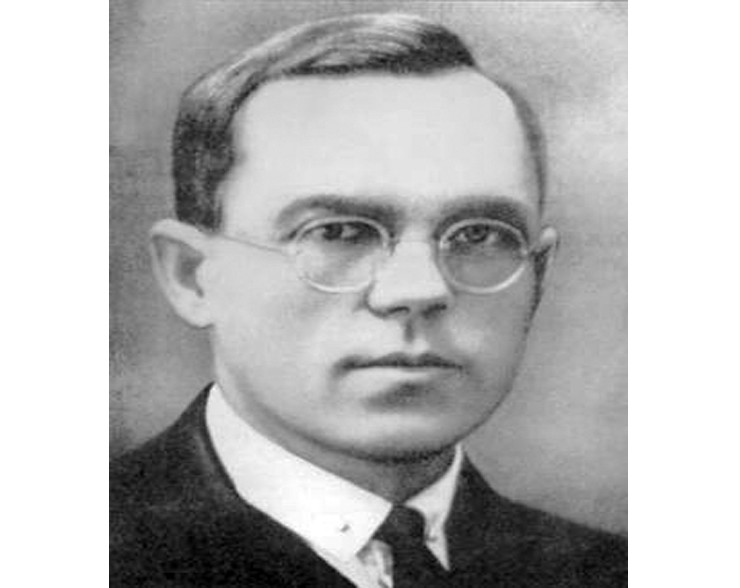



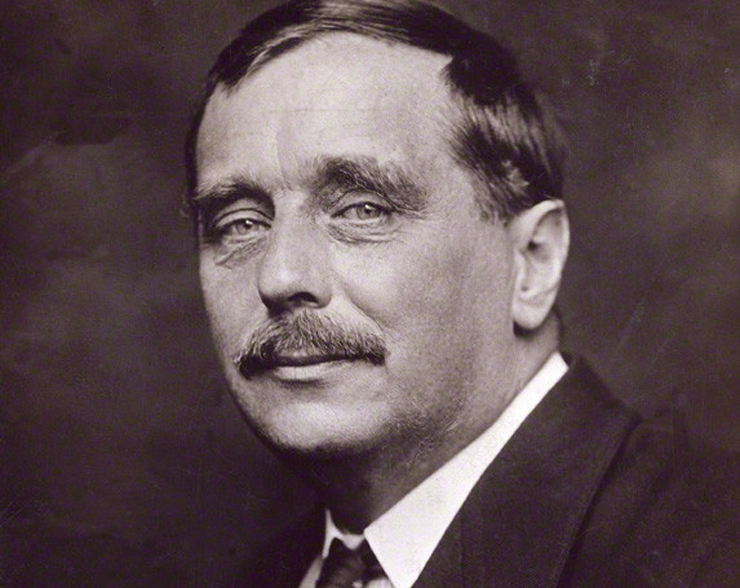


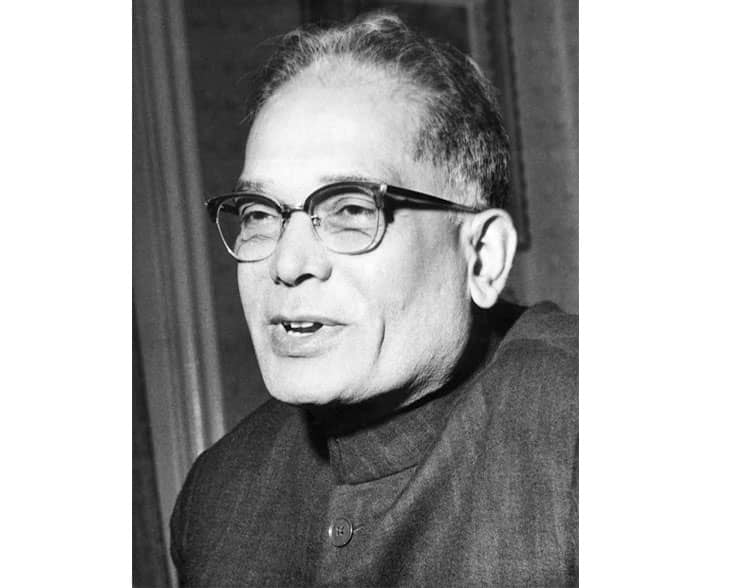

 Jawaharlal Nehru with Vinoba Bhave at the Paunar Ashram. By Unknown authorUnknown author, Public domain, via Wikimedia Commons.
Jawaharlal Nehru with Vinoba Bhave at the Paunar Ashram. By Unknown authorUnknown author, Public domain, via Wikimedia Commons.



